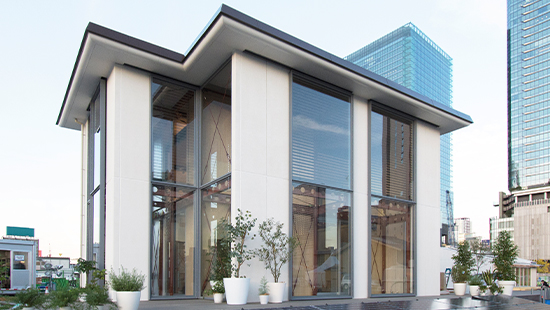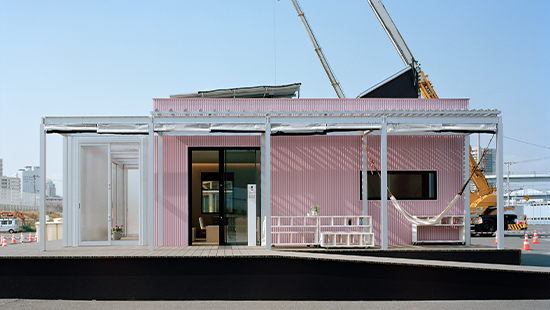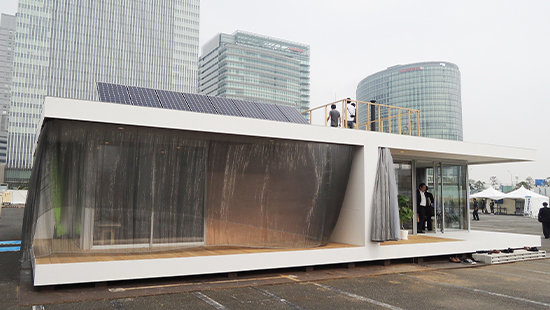Shin-ichi Tanabe Laboratory conducts research in the field of Architectural Environmental Engineering to realise a decarbonised society with both energy efficiency and comfort, and to enable all people to lead healthy and fulfilling lives, both mentally and physically.
decarbonization
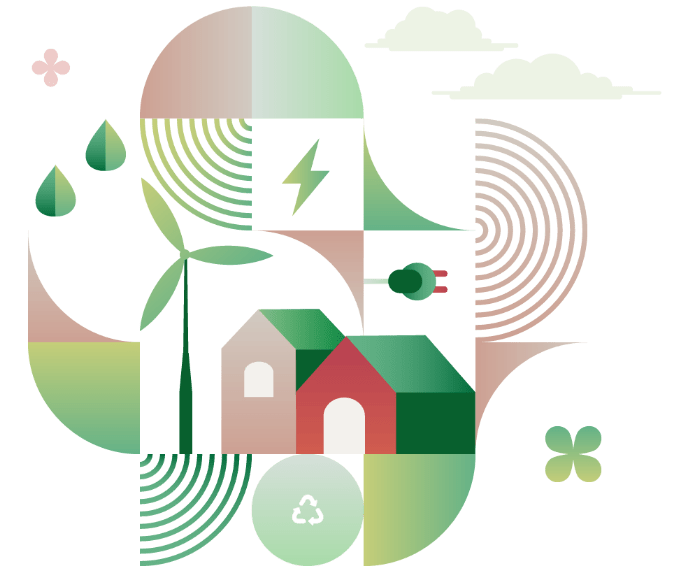
01
decarbonization
Towards the realisation of a decarbonised society that combines energy efficiency and comfort, we are conducting demonstrations of ZEH*1 that consider measures against power outages, and research on next-generation air conditioning, system such as radiant heating and cooling and TABS*2. We are also investigating the future of buildings and cities by estimating CO2 emissions and photovoltaic power generation related to construction and operation through the use of 3D models.
*1Net Zero Energy House
*2Thermo Active Building System
*3Net Zero Energy Green House
human
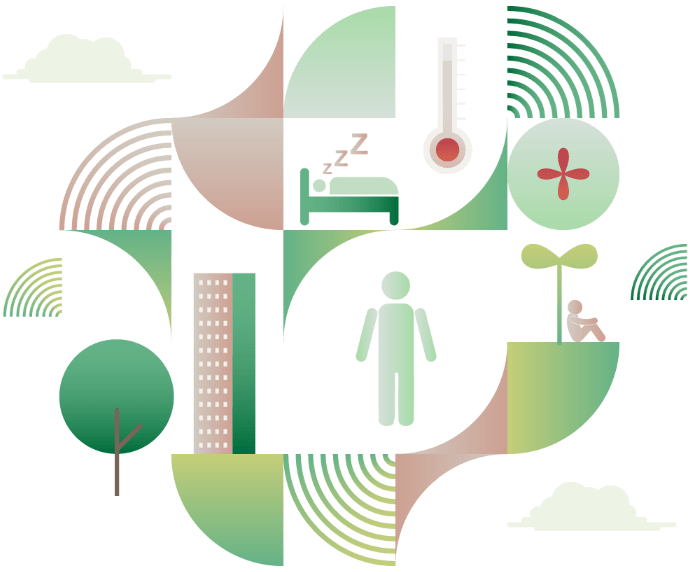
02
human
To clarify the effects of thermal environmental factors on the human body, a human body model*4 is being developed and thermal comfort in semi-outdoor spaces is being surveyed. We are also investigating environmental factors affecting sleep quality, focusing on the environment within the bedroom. Furthermore, we are examining evaluation methods that consider the human sense of smell to evaluate the impact of indoor air quality on health and comfort. In addition, we also conduct a wide range of research in both the building and medical fields to realise indoor environments with low infection risks.
*4Joint system thermoregulation model (JOS-3)
wellness
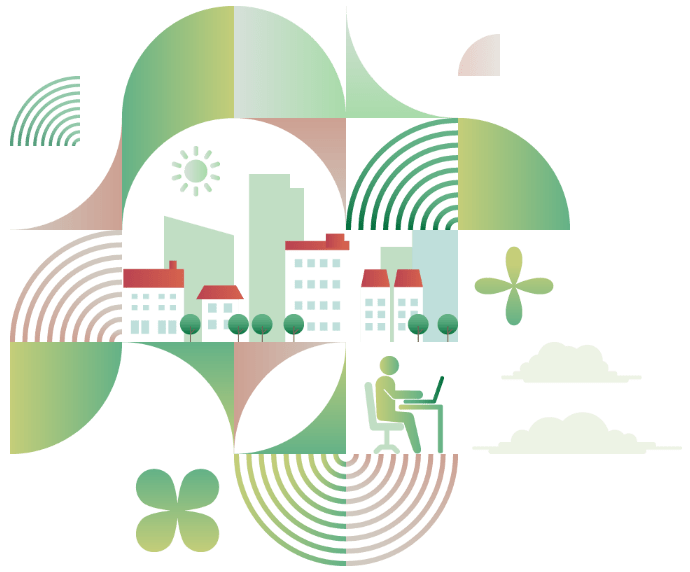
03
wellness
We conduct research on the elements required of workplaces in a society where diverse working styles are becoming more prevalent. We study the intellectual productivity and wellness of office workers in ABW*5 offices, which offer a variety of working environments and flexible working styles, and in offices with personal air-conditioning system. We are also carrying out research, experiments and simulations on floor heating and insulation retrofitting, with the aim of realising housing where all people can live healthily and comfortably. Other themes we are involved in include research on the relationship between acoustic environment and intellectual productivity and biophilic design*6.
*5Activity-based Working
*6Design method that incorporates natural elements such as plants and wood into architectural spaces.
publications
 THERMAL COMFORT
THERMAL COMFORT
- Tanabe et al., THERMAL COMFORT REQUIREMENTS DURING THE SUMMER SEASON IN JAPAN. (1984) A paper is based on large Japanese subjects. Comparisons were conducted with the USA, Denmark, and Singapore.
- P.O.Fanger, B.M.Ipsen, G.Langkilde, B.W.Olesen, N.K.Christensen, and S.Tanabe, Comfort Limits for Asymmetric Thermal Radiation. (1985) Cited in ISO-7730 and ASHRAE 55. First peer-reviewed paper.
- Tanabe et al., Evaluating thermal environments by using a thermal manikin with controlled skin surface temperature (1994) Collaborative research with UC Berkeley and Technical university of Denmark.
- Tanabe et al., Effects of air temperature, humidity, and air movement on thermal comfort under hot and humid conditions (1994) This paper showed that under hot and humid conditions, air movement may be one of the least expensive methods of providing thermal comfort.
- Tanabe et al., Effective radiation area of human body calculated by a numerical simulation (2000) A numerical simulation method is developed for predicting the effective radiation area and the projected area of a human body for any posture.
- Yoshito Takahashi, Akihisa Nomoto, Shu Yoda, Ryo Hisayama, Masayuki Ogata, Yoshiichi Ozeki, Shin-ichi Tanabe, Thermoregulation Model JOS-3 with New Open Source Code (2020) Included in the Python library (pythermalcomfort) by Berkeley and is programmatically released as open source on GitHub.
 INTELLECTUAL PRODUCTIVITY
INTELLECTUAL PRODUCTIVITY
- Tanabe et al., Productivity and fatigue. (2004)
- Tanabe et al., Indoor temperature, productivity, and fatigue in office tasks (2011)
- Tanabe et al., The effect of indoor thermal environment on productivity by a year-long survey of a call centre (2011)
- Tanabe et al., Thermal comfort and productivity in offices under mandatory electricity savings after the Great East Japan earthquake (2013)
- Tanabe et al., Workplace productivity and individual thermal satisfaction (2015)
 INFECTION CONTROL
INFECTION CONTROL
- Morawska., How can airborne transmission of COVID-19 indoors be minimised? (2020) International collaborative research.
- Morawska., A paradigm shift to combat indoor respiratory infection (2021) A paper pointing to airborne transmission of respiratory infection control, ventilation systems, and COVID-19.
news
-
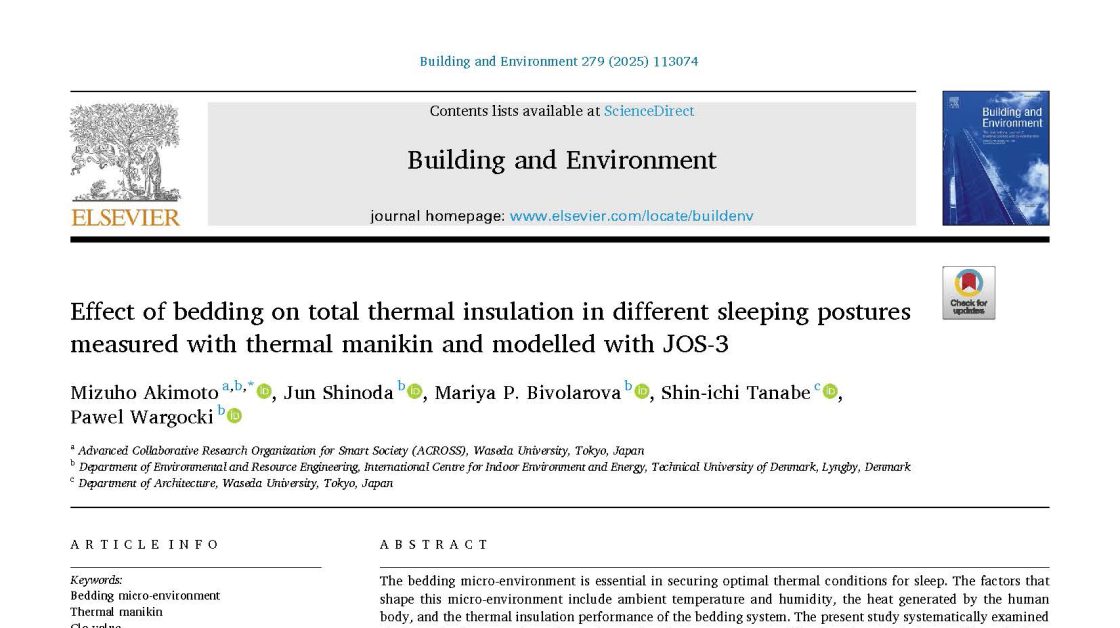
INFORMATION
2025.05.31
Ms. Mizuho Akimoto’s (ACROSS) paper was published in Building and Environment.
- #Papers Published
- #RESEARCH
-
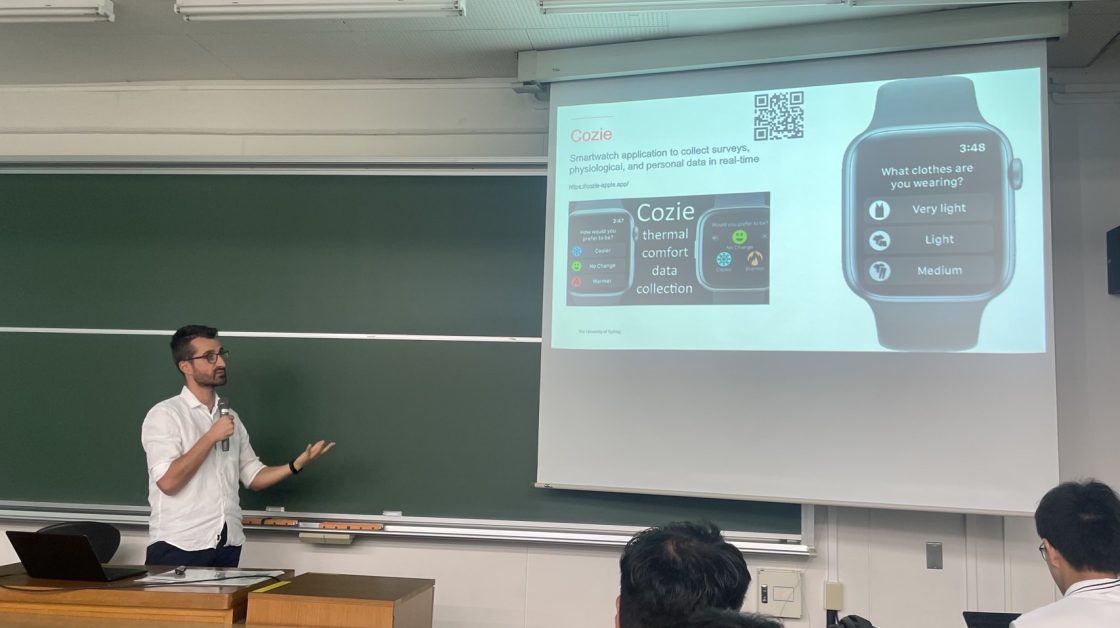
EVENT
2024.11.13
Special Lecture by Dr. Federico Tartarini was held.
- #Special Lecture
- #RESEARCH
-
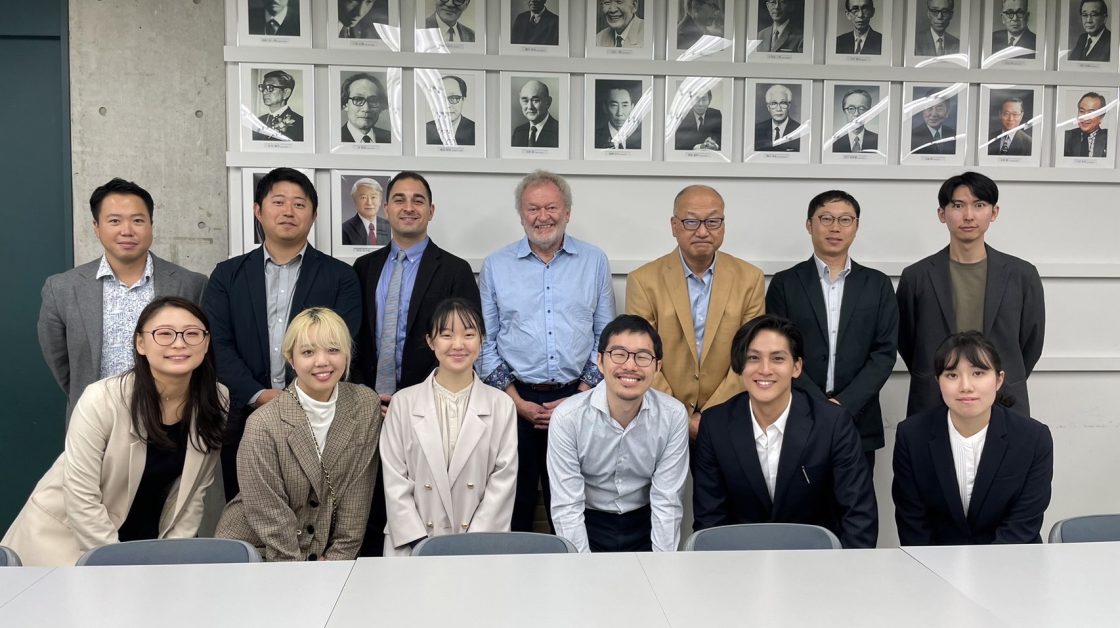
EVENT
2024.11.06
Special Lecture by Dr. Ongun Berk Kazanci was held.
- #Special Lecture
- #RESEARCH


